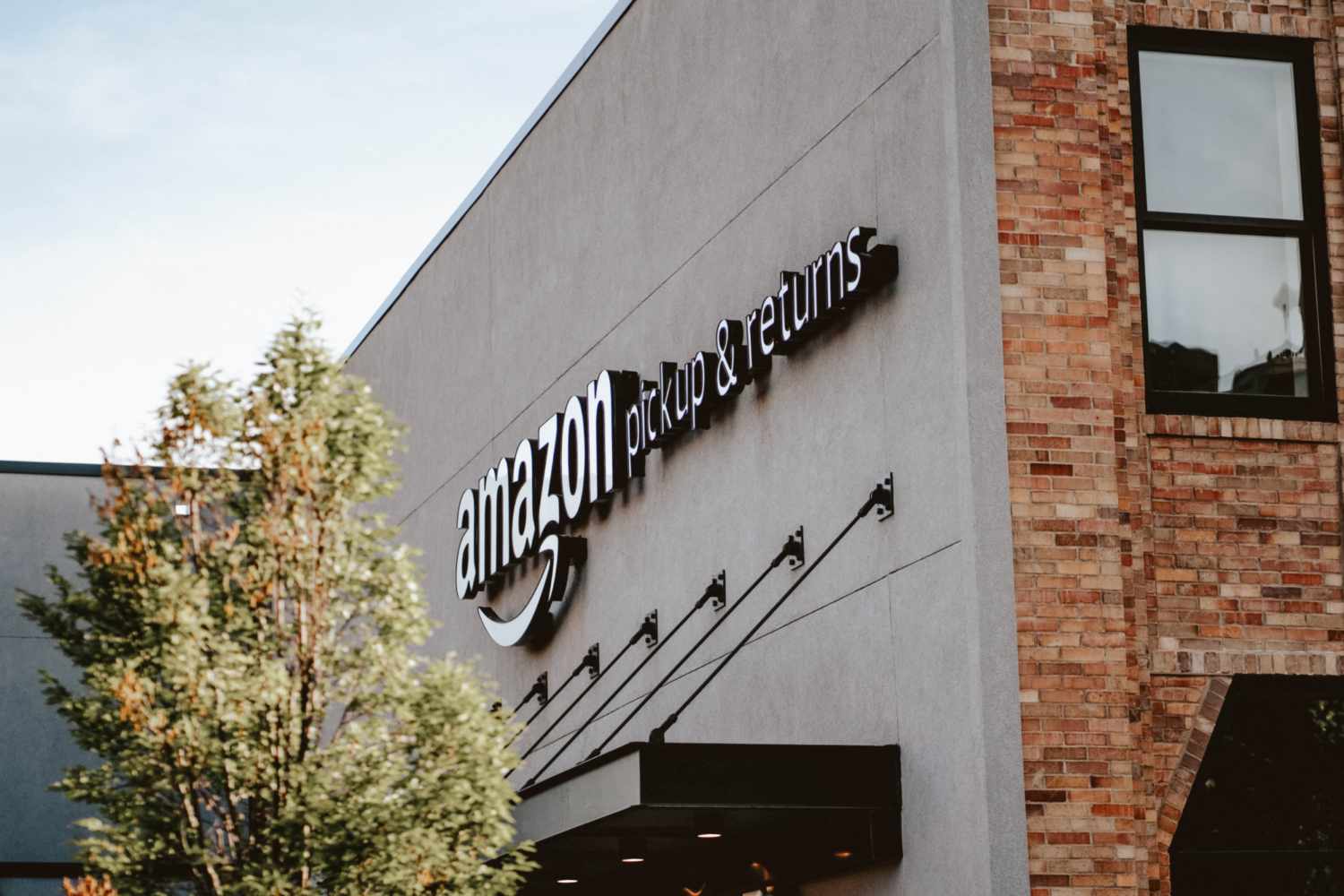What’s the last thing you bought on Amazon?
In the midst of a busy holiday season further complicated by delayed supply chains, you’re probably depending on Amazon more than ever.
The corporate giant is part of most American’s lives, whether it be from streaming movies on Amazon Prime or ordering anything from gifts to groceries on Prime.
Amazon’s revenue has increased from $148 million in 1997 to $386 billion in 2020. Over the same period, Amazon’s stock value grew more than 120,000 percent. While Amazon dominates e-commerce, there is controversy around the ethics of its work environment–among other topics that we’ll explore this month.
Amazon’s Work Conditions
Amazon warehouse employees work under grueling conditions, with 10 hour work days, very short breaks, and an unpaid lunch. Amazon employees are expected to lift hundreds of boxes a day, walk 15-20 miles per day, and work long hours with only one 18-minute break.
The job is already strenuous, but Amazon’s new surveillance methods have made it more difficult. This supervision allows Amazon to run an even more intense work environment.
How Amazon Tracks Their Employees
Amazon delivery vans have a four-part camera system with biometric feedback monitors. This system monitors Amazon drivers and allows managers to gather data on the drivers’ routes and behaviors. Amazon claims that this is for safety reasons, but workers say it is an invasion of their privacy.
The cameras monitor when drivers are looking at the road, their speed limit, and even their yawning. With constant surveillance, the workplace for Amazon workers, including third party contractors driving for Amazon is tense and stressful.
According to Business Insider, a former Amazon driver named Savannah said that Amazon drivers often do not have time to use the bathroom on their drives and sometimes have to urinate in bottles.
What Pressures Are Amazon Employees Under?
Amazon employees can be fired if they do not meet Amazon’s standard of productivity. Because standards of production and the quotas that employees must meet are so high, the employee turnover rate is over double that of the national industry-wide retail rate.
The pressure placed on workers because of these standards as well as surveillance creates an unhealthy work environment. Workers sometimes avoid breaks in fear that they won’t meet the standard and will lose their job.
Stacy Mitchell, a known Amazon critic and co-director of the Institute for Local Self-Reliance, said, “You always have somebody right behind you who’s ready to take your job.”
With quotas like 300 item scans an hour and the constant fear of being fired, Amazon employees are sometimes unable to do anything but work with the long hours and try to meet their quotas. The stress they are put under can affect their mental as well as physical health. Employee health should not be less important to Amazon than productivity.
In the next article of this series, we’ll explore how the hierarchical system of Amazon limits employee’s voice when making decisions, which affects Amazon’s corporate responsibility. We will also explore Amazon’s aversion to unionization.
Take action through Impactfull!
- How Amazon Harms Your Local Government - January 31, 2022
- How Does Amazon, LLC Affect the Amazon Rainforest? - January 3, 2022
- Why Doesn’t Amazon Have Unions? Insider Labor Organizing at One of America’s Largest Companies - December 26, 2021
